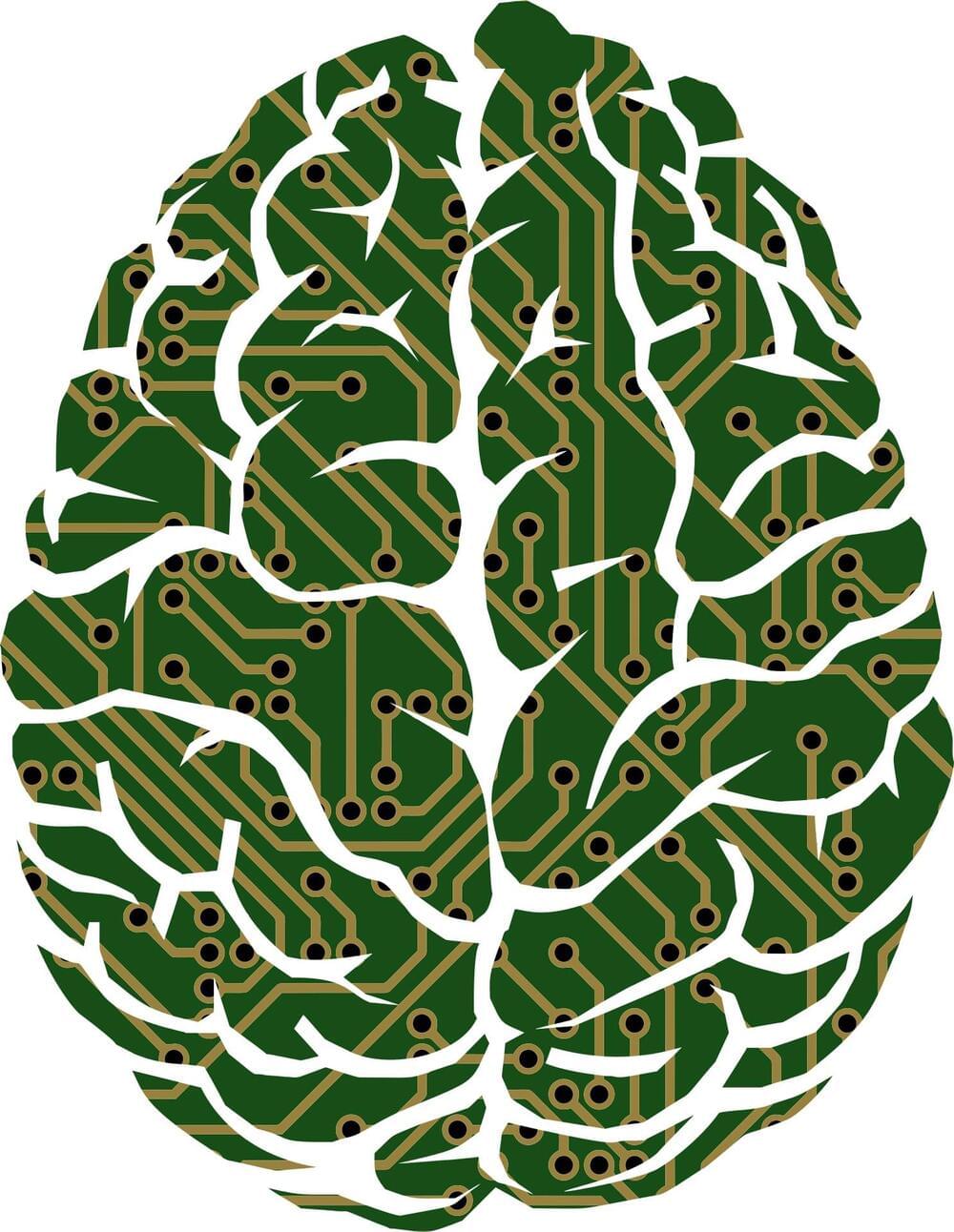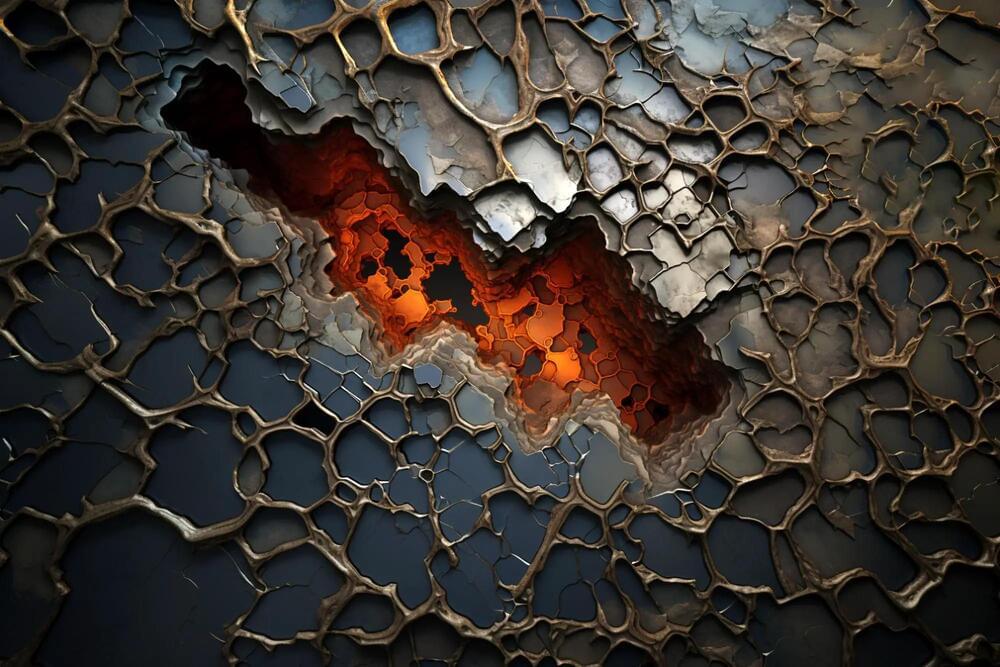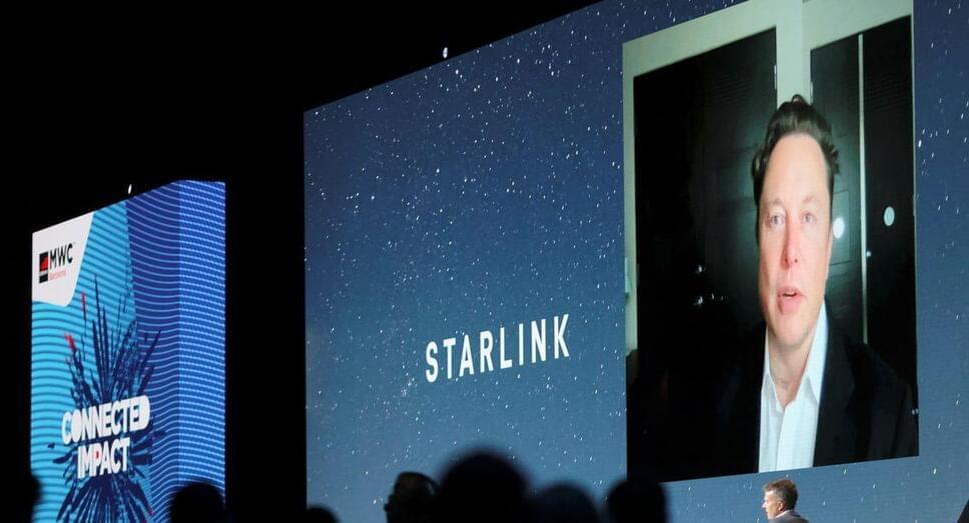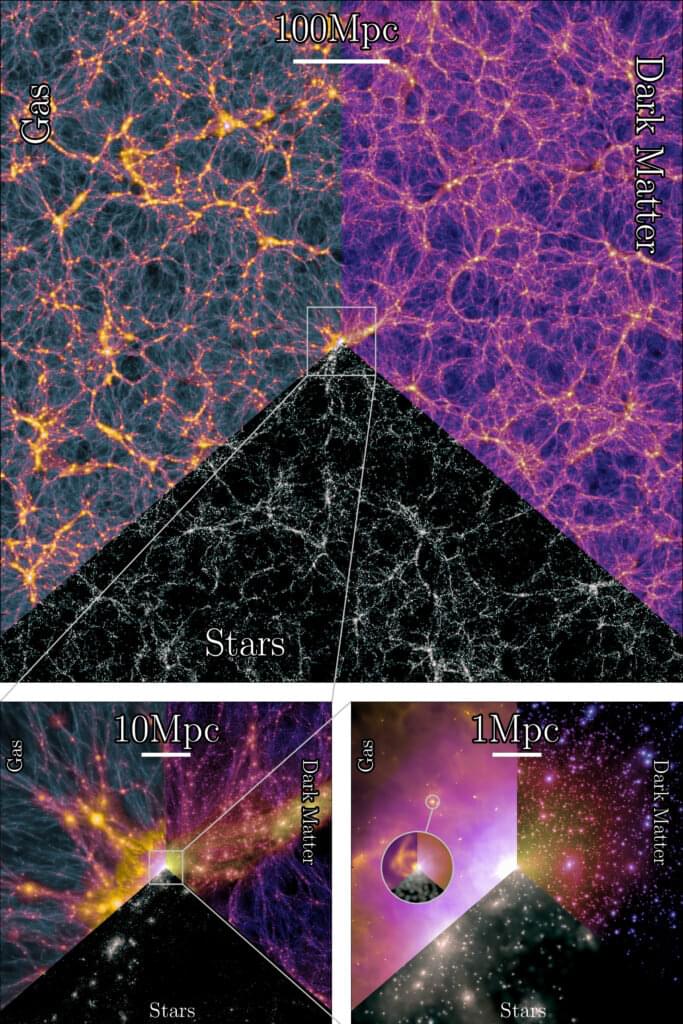Get a free bag of fresh coffee with any Trade subscription at https://www.drinktrade.com/isaacarthur.
Our search for extraterrestrial life assumes alien life based on water and carbon, but could there be biochemistries based on other substances?
NSS Townhall Registration & Q&A Submission: https://space.nss.org/nss-town-hall-july-20-with-nss-senior-leadership/
Visit our Website: http://www.isaacarthur.net.
Checkout this episode ad-free on Nebula: https://nebula.tv/videos/isaacarthur-ammonia-based-lifeforms.
Support us on Patreon: https://www.patreon.com/IsaacArthur.
Support us on Subscribestar: https://www.subscribestar.com/isaac-arthur.
Facebook Group: https://www.facebook.com/groups/1583992725237264/
Reddit: https://www.reddit.com/r/IsaacArthur/
Twitter: https://twitter.com/Isaac_A_Arthur on Twitter and RT our future content.
SFIA Discord Server: https://discord.gg/53GAShE
Listen or Download the audio of this episode from Soundcloud: Episode’s Audio-only version: https://soundcloud.com/isaac-arthur-148927746/ammonia-based-lifeforms.
Episode’s Narration-only version: https://soundcloud.com/isaac-arthur-148927746/ammonia-based-…ation-only.
Credits:
Ammonia-Based Lifeforms.
Episode 404, July 20, 2023
Written, Produced & Narrated by:
Isaac Arthur.
Editors:







